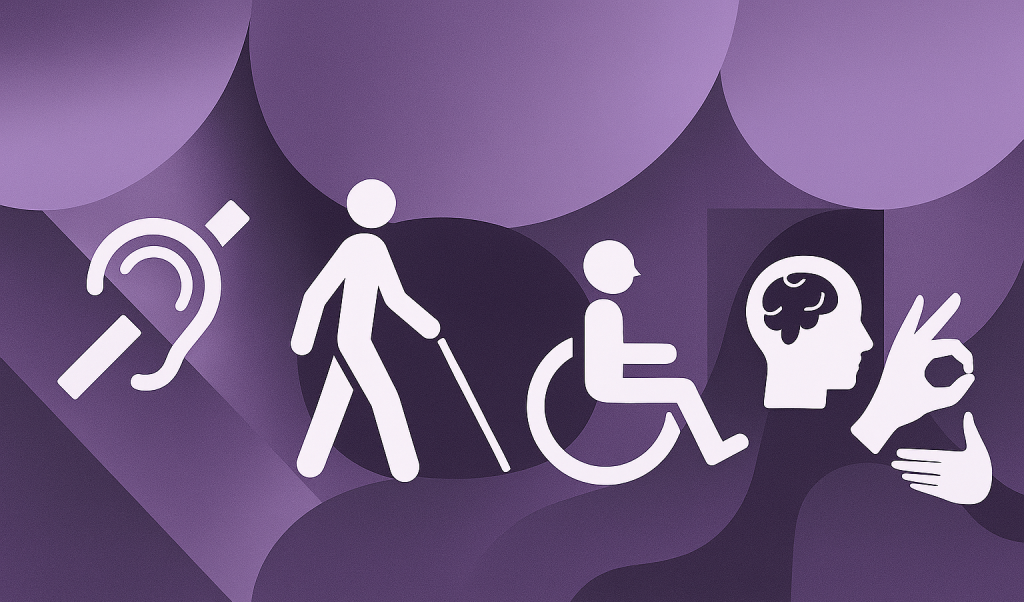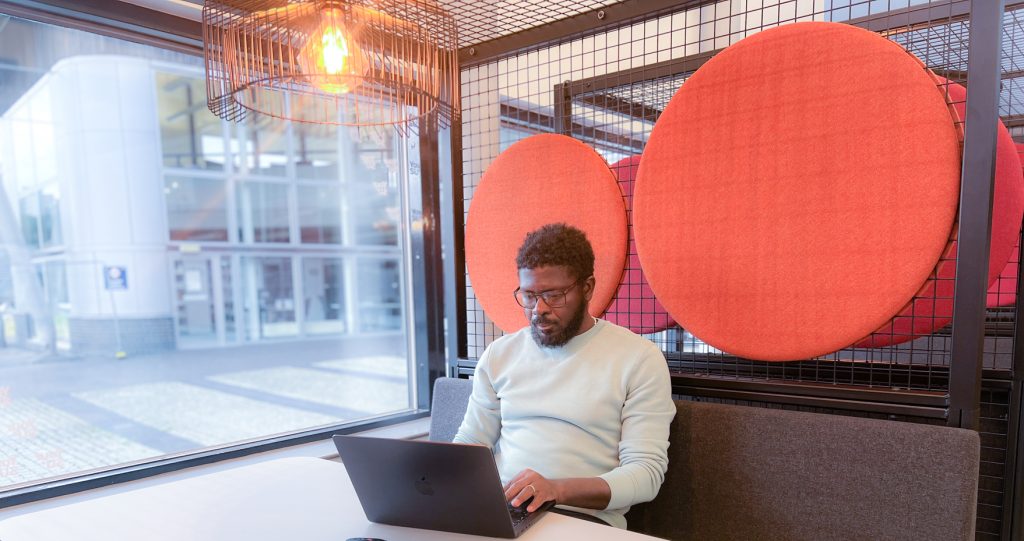Design thinking is a human-centred approach to problem-solving that emphasizes empathy, creativity, and collaboration. While it was originally developed for use in the design field, it has since been adopted by a wide range of industries and disciplines. One area where design thinking can be particularly useful is in fostering an entrepreneurial mindset.
Entrepreneurship is all about creating something new, whether it’s a product, a service, or a business model. It requires a combination of creativity, risk-taking, and persistence. Design thinking can help foster these qualities by providing a framework for ideation, prototyping, and iteration.
Empathy is one of the core principles of design thinking. It involves putting yourself in the shoes of your users or customers to understand their needs, wants, and pain points. This skill is crucial for entrepreneurs who want to create products or services that truly solve a problem for their target market. By understanding their customers’ needs and desires, entrepreneurs can create products and services that are more likely to succeed.
The next step in the design thinking process is ideation. This is where the creative juices start to flow. The goal is to generate as many ideas as possible, without worrying about whether they’re good or bad. This mindset of “quantity over quality” is essential for entrepreneurship, where it’s often necessary to explore multiple avenues before finding the one that works.
Once you have a list of ideas, it’s time to start prototyping. This is where you create a tangible representation of your idea, whether it’s a physical prototype, a wireframe, or a mock-up. Prototyping is a critical part of the design thinking process because it allows you to test your ideas in the real world and get feedback from your users or customers. This feedback is essential for refining your idea and making it more likely to succeed.
Finally, the design thinking process emphasizes iteration. This means that you’re never really done – there’s always room for improvement. As you get feedback from your users or customers, you can use that feedback to refine your idea and make it even better. This mindset of continuous improvement is essential for entrepreneurship, where it’s often necessary to pivot and adapt in response to changing market conditions.
So, how can design thinking be applied to entrepreneurship in practice? Here are a few examples:
1. Developing a New Problem-Solving Product
The cornerstone of innovation often lies in identifying a common pain point for a specific target market. This journey begins with understanding your potential customers. Through interviews and surveys, you delve deep into their daily lives and routines, uncovering the frustrations and challenges they face. This user research forms the foundation for brainstorming a range of potential solutions. Here, creativity reigns supreme – the more ideas on the table, the greater the chance of finding a truly innovative solution.
From the brainstorm comes the prototype phase. Here, a tangible representation of your most promising ideas is brought to life. This could be a physical model, a digital mockup, or even a basic service outline. Prototypes serve as a critical step for user testing. By putting your ideas in front of real users, you gather invaluable feedback on their functionality, usability, and overall appeal. This feedback loop is essential for iterating on your design. You refine based on user comments, constantly improving your product until it effectively solves the identified problem in a way that resonates with your target market.
2. Creating a New Disruptive Business Model
Innovation isn’t limited to products – entire business models can be reimagined for maximum impact. Perhaps you’ve identified an industry ripe for disruption, one where the current way of doing things is inefficient or doesn’t fully address customer needs. To embark on this journey, thorough research is paramount. Understanding the current landscape – the existing players, their offerings, and customer behavior – is crucial for pinpointing potential opportunities. Armed with this knowledge, you can begin brainstorming different business models. This might involve exploring alternative revenue streams, unique customer relationships, or innovative ways of delivering value.
Similar to product development, prototyping plays a vital role in testing new business models. This could involve creating mockups of your proposed service or platform, or even conducting pilot programs with a limited audience. The goal is to gather feedback from potential customers or industry partners, assessing the viability and scalability of your model.
The feedback loop then drives iteration. You refine your strategy based on the insights gleaned, ensuring your business model is not only disruptive but also commercially sound and scalable.
3. Improving an Existing Product or Service
Innovation doesn’t always involve creating something entirely new. Often, the most impactful improvements come from revisiting and refining existing products or services. Here, the starting point is your current user base. Through surveys, user interviews, and even social media analysis, you gather feedback on their experiences. What are their pain points with the current offering? What features do they crave? Understanding user needs and frustrations provides the roadmap for brainstorming potential improvements.
Just like with new products, user testing plays a key role in refining existing offerings. Developing prototypes – new features, alternative interfaces, or even entirely new service elements – allows you to test the effectiveness of your proposed improvements.
This feedback loop ensures that your changes truly enhance the user experience and address the identified needs. By iterating based on user feedback, you can ensure your product or service remains relevant and competitive in the ever-evolving marketplace.
Design thinking is a powerful tool for fostering an entrepreneurial mindset. By emphasizing empathy, creativity, and iteration, it provides a framework for ideation, prototyping, and continuous improvement. Whether you’re creating a new product, developing a new business model, or improving an existing offering, design thinking can help you stay focused on your customers’ needs and create solutions that truly meet their needs. It can also help you become more comfortable with taking risks and experimenting with new ideas, which are essential traits for any entrepreneur.
Another benefit of design thinking for entrepreneurship is its collaborative nature. By involving multiple stakeholders in the process, including potential customers, partners, and team members, you can create a more well-rounded and successful solution. Collaboration also helps to build buy-in and support for your ideas, which can be crucial when you’re trying to build a new business or bring a new product to market.
Design thinking can also help you stay agile and adaptable in the face of uncertainty. Entrepreneurs face a lot of uncertainty, whether it’s around market demand, competition, or regulatory changes. By embracing the iterative nature of design thinking, you can test and refine your ideas in a way that allows you to pivot quickly if necessary. This can help you stay ahead of the curve and respond to changing conditions in your industry.
Design thinking can help you stay focused on your customers’ experience throughout the entire process. By prioritizing user needs and desires, you can create products and services that are more likely to be successful in the market. This customer-centric approach can also help you build a loyal user base and differentiate yourself from competitors.
In a nutshell, design thinking is a valuable tool for fostering an entrepreneurial mindset. By emphasizing empathy, creativity, and iteration, it provides a framework for ideation, prototyping, and continuous improvement that can help entrepreneurs create successful products, services, and business models. Whether you’re just starting as an entrepreneur or looking to improve your existing offerings, design thinking can help you stay focused on your customers and build solutions that truly meet their needs.





